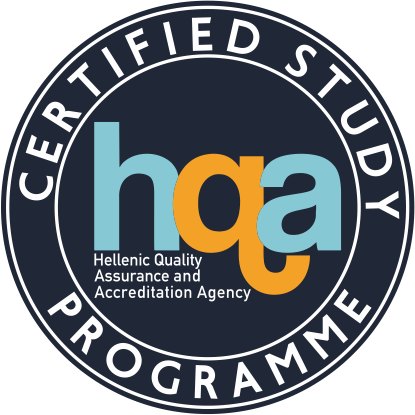Geodynamics
| School | Natural Sciences | ||||||||||||||
| Academic Unit |
Geology Department | ||||||||||||||
| Level of Studies |
Undergraduate | ||||||||||||||
| Course Code |
GEO_504 | ||||||||||||||
| Εξάμηνο σπουδών | 7ο | ||||||||||||||
| Course Title |
Geodynamics | ||||||||||||||
| Independent Teaching Activities |
Lectures, laboratory and tutorial | ||||||||||||||
| Weekly Teaching Hours |
2 (lect.) + 1 (lab.) + 1(T) | ||||||||||||||
| Credits | 5 | ||||||||||||||
| Course Type |
Field of Science | ||||||||||||||
| Prerequisite Courses |
No | ||||||||||||||
| Language of Instruction & Examinations |
Greek. Teaching may be however performed in English in case foreign students attend the course. | ||||||||||||||
| Is the Course offered to Erasmus Students |
Yes | ||||||||||||||
| Course Web-Page (URL) | https://eclass.upatras.gr/courses/GEO315/ | ||||||||||||||
| Learning Outcomes |
The course is addressed to undergraduate students who know and understand the basic principles of Geology and Structural Geology. The aim of the course is for students to acquire advanced knowledges and skills on themes related with the motions of the lithospheric plates, the mechanism that control the motions as well as the processes (e.g., deformation, magmatism, metamorphism) that are associated with that motions.
|
||||||||||||||
| General Competences |
|
||||||||||||||
| Syllabus |
The course content includes the following chapters: Historical development of theories about the orogenesis; Structure of the earth; The architecture of lithospheric plates; The motions of lithospheric plates; Divergent lithospheric plates; Convergent lithospheric plates; Collision of lithospheric plates and orogeny; Structure of orogenic belts. |
||||||||||||||
| Delivery | Lectures, laboratory and filed work face to face. | ||||||||||||||
| Use of Information & Communication Technology |
|||||||||||||||
| Teaching Methods |
|
||||||||||||||
| Student Performance Evaluation |
Student assessment is based on: (a) written examination after the end of the semester, which mainly includes essay questions (80% of the final grade) and (b) written report (20% of the final grade). | ||||||||||||||
| Attached Bibliography |
|





